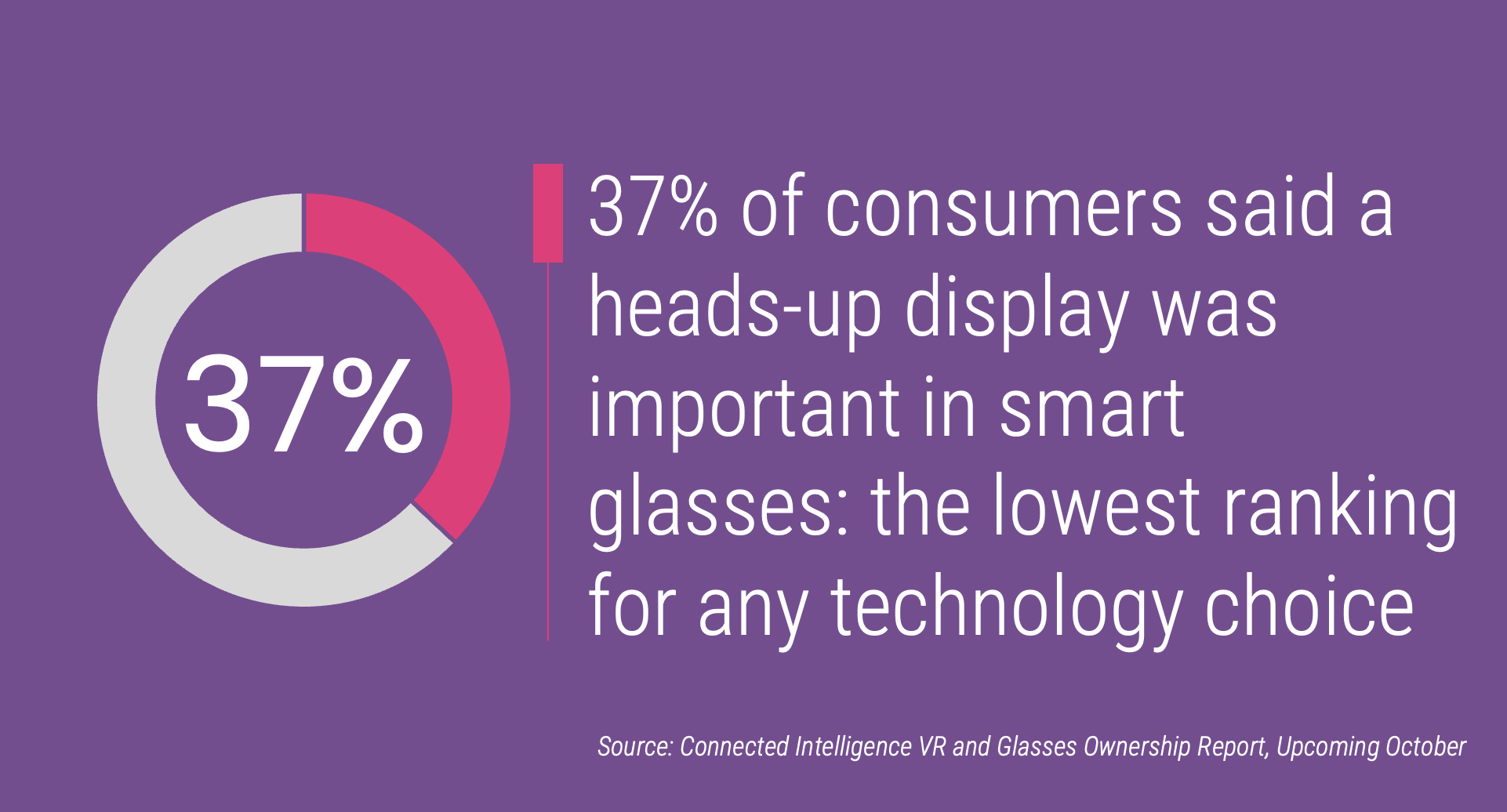
Meta wows with new glasses
At Meta Connect last week, the big news was – as expected – more smart glasses. Mark Zuckerberg came to the stage toting the latest and greatest smart glasses – the Meta Ray-Ban Display (as opposed to the previous Ray-Ban Meta glasses that did not have a display).It almost goes without saying that the new glasses have a small display on one side, allowing you to see messages, directions, live translations and more. But perhaps the most intriguing part of the new glasses is the wrist bracelet that is used to control the glasses via small muscle movements. As Mr Zuckerberg demonstrated, that bracelet can even understand you “typing” to enter text in areas where you may not want to talk to the glasses.
All in all, it was an impressive demonstration of the next gen of smart glasses, even though the live demo had a few misses. Of course, it’s the misses that many remember, meaning that some potential customers may feel that the product is not yet ready for prime time. We would argue that it is (live demos are almost never perfect), especially as the early adopters of this new device will be tech-savvy consumers who know they are buying into the bleeding edge of technology innovation at this time.
The Circana Take:
- There are, of course, concerns. While Meta is leading the smart glasses market at this point, only 7% of US consumers have bought into the category. That is clearly early adopter territory rather than mainstream uptake. Indeed, 51% of smart glasses owners say they purchased because they like the latest and greatest technology (upcoming VR and Smart Glasses report). To jump beyond this early adopter phase will be a harder transition, especially for Meta where they will be some privacy concerns. Many consumers will wait until Apple or Samsung launch into the category to a) validate the space and b) allow consumers to purchase a device within their current ecosystem.
- The glasses will cost $800 at launch. That is a significant chunk of money for a device that is additive-only, as in, it does not replace any current device the consumer owns. That will also limit near term appeal.
- Adding LTE connectivity is key long term. This will free the consumer from having to carry a smartphone, which is the underlying premise of smart glasses: to be a replacement for the smartphone. However, that is likely to take some time due to the physical constrains of the hardware, as well as the battery life.
- But we should end this commentary with an upbeat note: these new Meta Ray-Ban Displays are an innovative marvel. It will take some time for the mass consumer market to embrace them, but Meta is certainly on the right path. The company should also look to add Meta AI to other devices in the home – TVs and smart speakers – so that the Meta ecosystem follows consumers even when they are not wearing the glasses.